In this feature, each month artists share one thing that excites them creatively.
One key piece to support healthy, productive creativity is stimulating inputs. What kinds of things stimulate the creative centers of the brain? What kind of inputs stimulate us visually? Emotionally? Spiritually? Mentally? Physically?
I’d really like to know, what’s one thing that fills your creative cup? Share with us in the comment section below.
Matthew Johnson
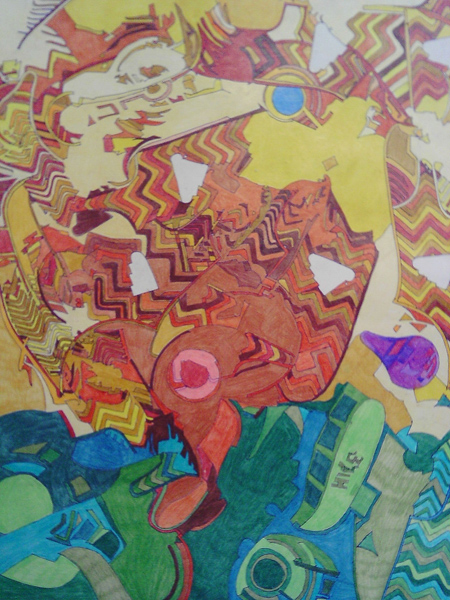
Hello M.A. bloggers, my name is Matthew Johnson and my creative stimulation dwells within the realm of the creation we call “Life.” From the tiniest insects that stroll around among the vast plains, and rolling hills of this planet, to the human machines that occupy this world, and discover the ins and outs about our existences through experiences. There are so many outlets that my artistic view drives upon, and my mind travels alongside imagination avenue with my solar-battery operated automobile packed full of music, paint, pens, and a broken navigational device (to ensure that I am in no way shape or form ‘set’ within any boundaries of expression). As you stroll through the corridors of the imagination, it is only you that can entail what you see and then begin to proceed to create the pieces you’re driven to produce. Continue all the great work, and may peace be your imagination’s significant other.
Matthew Johnson
Toni Murgas
 Things that inspire me may be a picture of nature, a book I’m reading, a dream or a song. I was reading a book on Edward Manet and how he used to cut paper as he got older to create his art. This inspired me to cut and paste colored paper.
Things that inspire me may be a picture of nature, a book I’m reading, a dream or a song. I was reading a book on Edward Manet and how he used to cut paper as he got older to create his art. This inspired me to cut and paste colored paper.
Toni Murgas

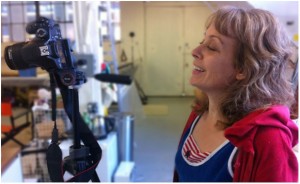
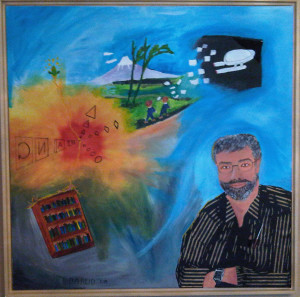 I’m inspired by science (nanotechnology, for example), colour, other cultures, history (West coast native art is great), form and sky. Often one thing will lead to another; I’m working on some pictures for an upcoming show – one picture took an abrupt turn, which I followed and am now learning new aspects from this.
I’m inspired by science (nanotechnology, for example), colour, other cultures, history (West coast native art is great), form and sky. Often one thing will lead to another; I’m working on some pictures for an upcoming show – one picture took an abrupt turn, which I followed and am now learning new aspects from this.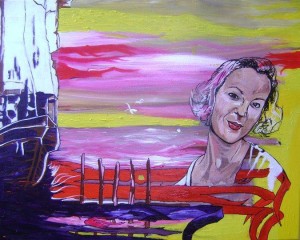 Life is what inspires me: the authenticity of each emotional experience lends validity to each brush stroke. What inspires is sometimes the pain that comes with living, it’s joys, it’s sorrows, it’s triumphs and it’s losses.
Life is what inspires me: the authenticity of each emotional experience lends validity to each brush stroke. What inspires is sometimes the pain that comes with living, it’s joys, it’s sorrows, it’s triumphs and it’s losses.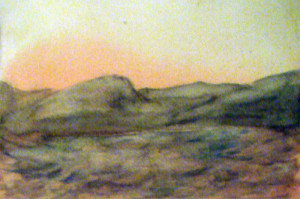 Anything and everything. It’s hard for me to pick one. I can’t really say I know where it comes from. I’m multi-creative, which means I create in many different ways.
Anything and everything. It’s hard for me to pick one. I can’t really say I know where it comes from. I’m multi-creative, which means I create in many different ways.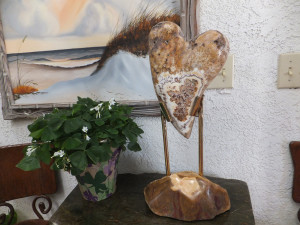 Ideas come from everywhere. God gave us a lot to work with and putting it together in a unique way intrigues us all. Make notes. Your mind is full and universal mind has all – so take notes on what comes to you. It doesn’t matter if you’re working on a thing or not. Put a date on it. Do everything you do perfect because it’s all only single steps. Nature is full, observe!
Ideas come from everywhere. God gave us a lot to work with and putting it together in a unique way intrigues us all. Make notes. Your mind is full and universal mind has all – so take notes on what comes to you. It doesn’t matter if you’re working on a thing or not. Put a date on it. Do everything you do perfect because it’s all only single steps. Nature is full, observe!